
Anil Kumar Thakur

52 books
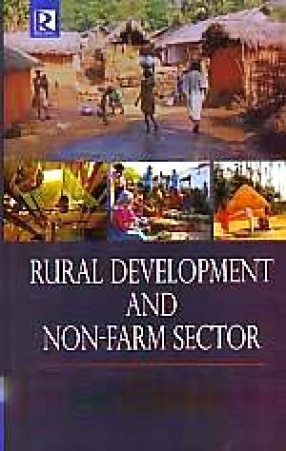
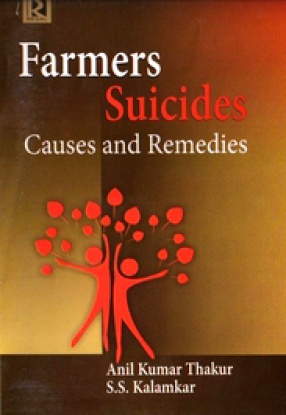
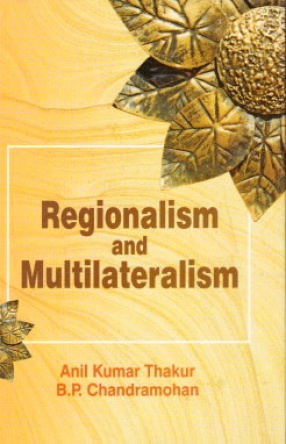
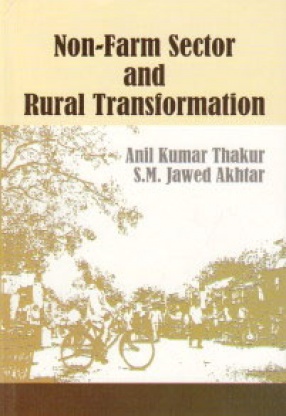
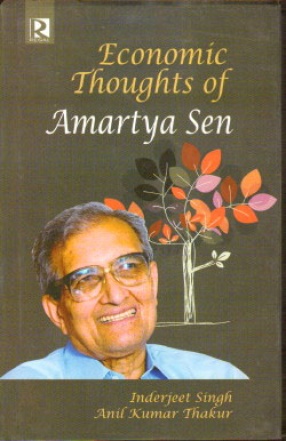
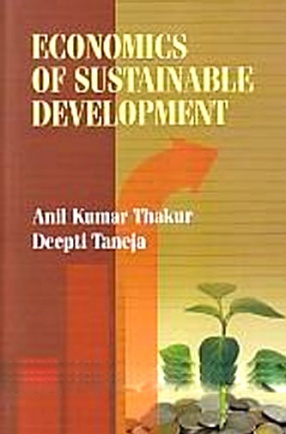
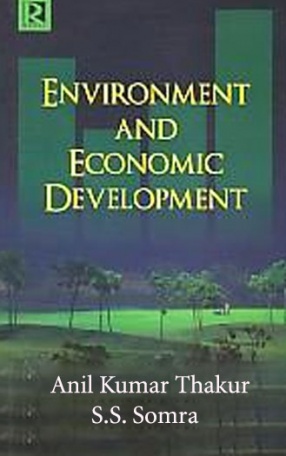
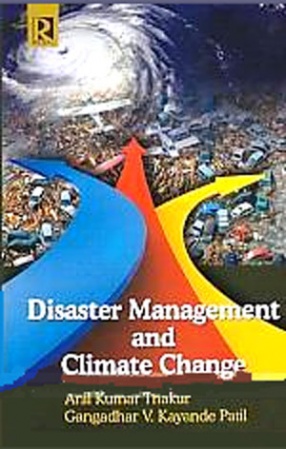
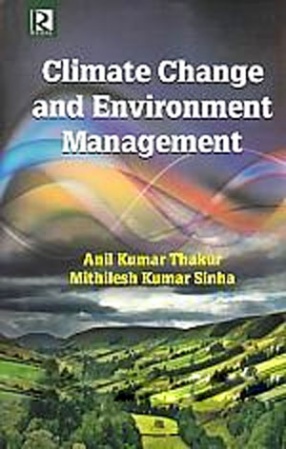
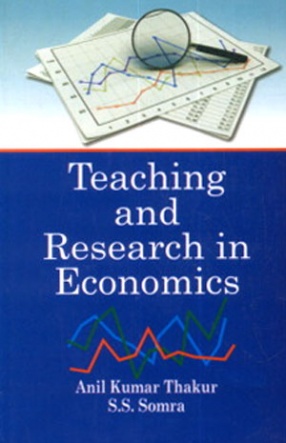

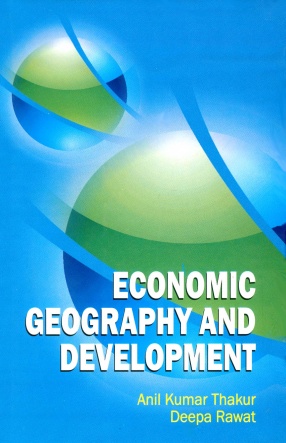

The twenty-six papers in this volume, presented at the 87th IEA Conference, address a host of issues pertaining to interlinking of rivers in India. Analyzing the objectives and plans of interlinking of rivers in the country, they offer an elaborate discussion on its feasibility, justification, rationale, present framework, problems and prospects, and costs and benefits. The socio-economic relevance of interlinking of rivers has also been examined.
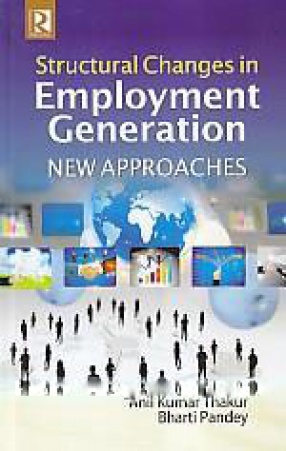
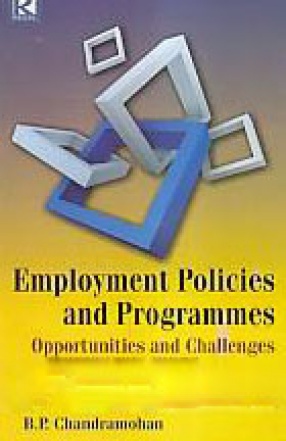
The book identifies he factors influencing employment both at the regional and national levels by analyzing various policies and progerammes. The empirical studies of Indian State economies and interdependence between employment and economic growth translate into livelihood security are well incorporated in the book. It employs a very broad range of state experiences to understand the efficacy of MGNREGS and the inter-linkages among various stakeholders of the ...
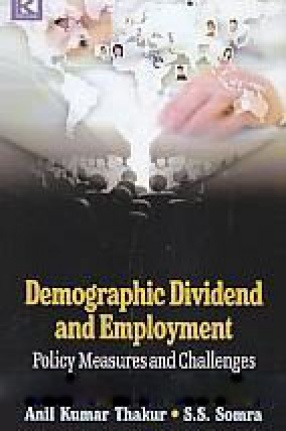
The volume has selected papers contributed at the 95th annual conference of the Indian Economic Association in 2012 which take up the theme of demographic dividend with particular reference to employment. The papers examine the demographic scenario in India and aspects like employment trends, human resource and employable skill development, vocational education among youth, and the need for mitigating road accidents in view of the demographic dividend. With some ...
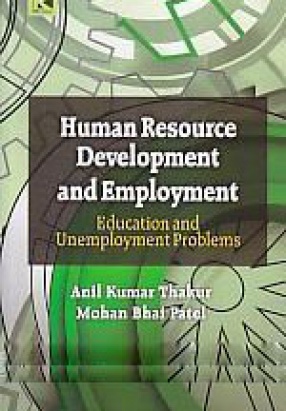
In the fast growing and competitive world the need of Human Resource Development is essential and crucial. While Human Resource Development is gaining its importance immensely the challenge is the employment. In the present book we have highlighted education and unemployment problems respectively.
Human resources development is the process of increasing the knowledge, the skills, and the capacities of all the people in a society. In economic terms, it could be ...
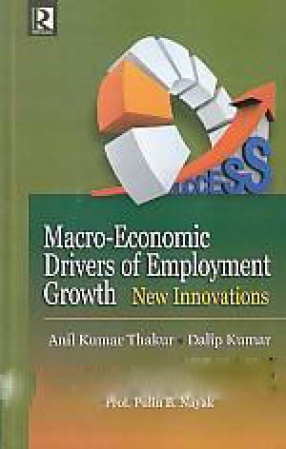

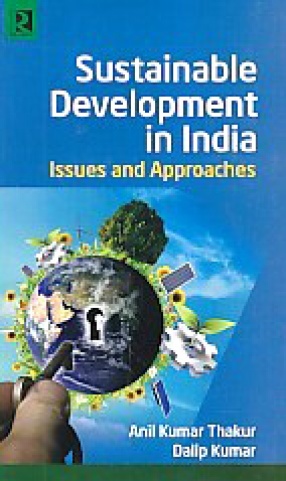
The contributions in the book elaborate on environmental issues and management and the need of sustainable development. They delve into different aspects of sustainable development such as environmental degradation, loss of biodiversity and global warming. Experts examine changing consumption patterns and ensuring sustainable development. An area of focus is climate change: vulnerabilities, impact and the need to mitigate its impact where, for instance, human ...
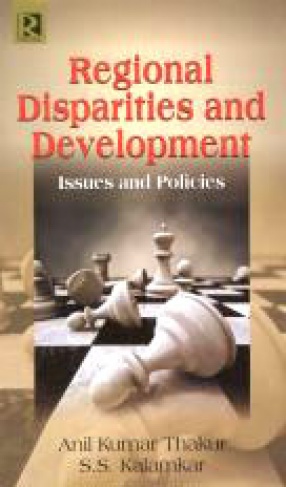
The ultimate objective of development planning is human development or increased social welfare and wellbeing of the people. Increased social welfare of the people requires a more equitable distribution of development benefits along with better living environment. Development process therefore needs to continuously strive for broad-based improvement in the standard of living and quality of life of the people through an inclusive development strategy that focuses ...

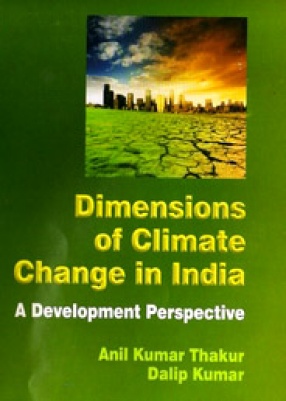

Globalization is a phenomenon integrating economic activities of countries through trade for global welfare. World Trade Organization (WTO) is the international body to manage and regulate trading nations easy access to global markets, enlarging their market share, dismantling trade-distorting tariffs and eventually fostering their economic growth and development. Since trade negotiations of WTO on various issues are delayed, countries integrate economically on ...

The nature and performance of rural economy has been changing in every country through diversification of activities on the one hand and increasing employment and income generation on the other. The farm and non-farm sectors are the two important constituents of the rural economy. Rural non-farm sector (RNNFS) in India has been gaining prominence in the rural areas over time and it is becoming more and more diversified. RNFS is regarded as the critical component ...

This book is collection of research papers on economic thoughts of Amartya Sen. The works of Amartya Sen cover a very vast temporal and spatial canvas. He has made several key contributions to research in this field. Heavily influenced by John Rawls he is known for his work on famine human development theory the economic well being and the underlying mechanisms of poverty.
Amartya Sen has been a ground breaker among late twentieth century economists for his ...
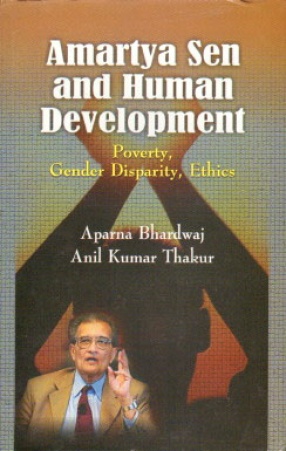
The present book Amartya Sen and Human Development : Poverty Gender Disparity Ethics is the outcome of Indian economic association 93rd Annual Conference at Panjab University, Chandigarh on 28-30 Dec. 2010.
There are altogether 29 articles selected out of the conference. The articles cover various threads of Amartya Sen's line of thinking in the field of economic analysis. By shifting attention from physical capital analysis to human capital creation via ...

The 1992 earth summit in Rio de Janeiro, a landmark conference, put sustainable development on the map. The largest international gathering ever held at the time, the summit brought 108 heads of state and government to Rio, where they endorsed agenda 21, the action plan for a sustainable future. There is agreement that the earth summit--officially the United National Conference on Environment and Development--was a major success in raising public awareness about ...

The book contains studies on environmental economics, climate change, deforestation, pollution, global warming and sustainable development and their impacts on different sectors of the economy, their relevance and challenges in India under the changing scenario of the world. The book brings a unique ringside perspective to the current issues of global climate change and sustainable economic development.
The thirty-nine papers included in this book are contributed ...
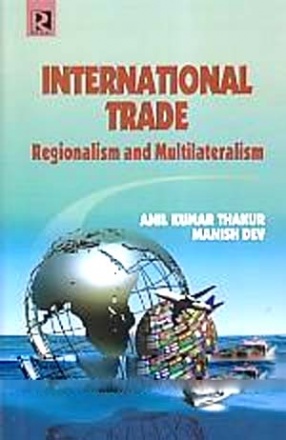
International Trade is regarded as an engine of growth. It paves the ways for the flow of goods and services. The free flow of goods and services along with the capital and labour opens the new vistas of growth and development. Multilateralism and regionalism are the twin routes of international trade through which various countries of the world try to maximize the advantages of international trade and thereby enhance the growth of their economy.
There was a ...
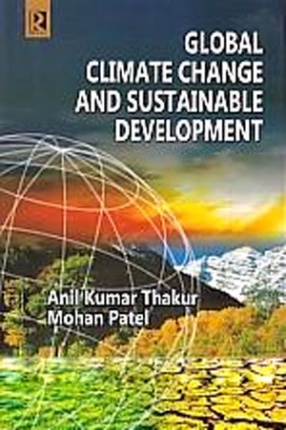
Climate change is a problem with unique characteristics. It is global in nature and involves complex interaction between climate and environmental economic political institutional social and technological processes transcending national boundaries. The global community has been struggling with the issue of how to effectively respond to the threat of climate change for several decades.
The relationship between humans and the ecology is a vital issue across the ...

All countries in the world whether developed undeveloped or developing are facing the problem of climate change leading to the threat to human beings on the earth. Nature plays its role but due the human activities affecting the environment have contributed to the Global Warming and Greenhouse effect. All people on the earth have to take preventive and remedial actions to maintain the level of temperature and healthy environment.
Natural calamities like ...

There is overwhelming evidence today that climate change is a reality as its impacts are beginning to be felt across various regions and sectors. The implications of climate change will have a cascading effect around the globe and particularly in developing countries. India is highly vulnerable to climate change. It can only be successfully overcome through a global collaborative and cooperative effort.
The book elaborately explain the various facets of climate ...

This book presents selected papers on Teaching and Research in Economics, presented at the 92nd annual conference of the Indian Economic Association in 2009.Collectively these papers cover a wide range of recent issues and discusses diverse aspects related to teaching and research in economics. In particular, the book contains studies on environmental economics, professional excellence and economics of defence, their relevance and challenges in India under the ...


Economic geography is the study of the location, distribution and spatial organization of economic activities across the world. It takes into account social, cultural and institutional factors in the spatial economy. The spatial distribution of economic activity is the result of agglomeration and dispersion forces. Agglomeration arises due to proximity to large markets, presence of a large variety of goods, the ease of finding employment, etc. Dispersion on the ...
